Thomas Robinson was 31 when he left Cumberland in England for a new life in the colonies. Like most new settlers, Thomas probably had little idea of what awaited him. But his decision to emigrate was to be fortuitous for himself and his descendants.
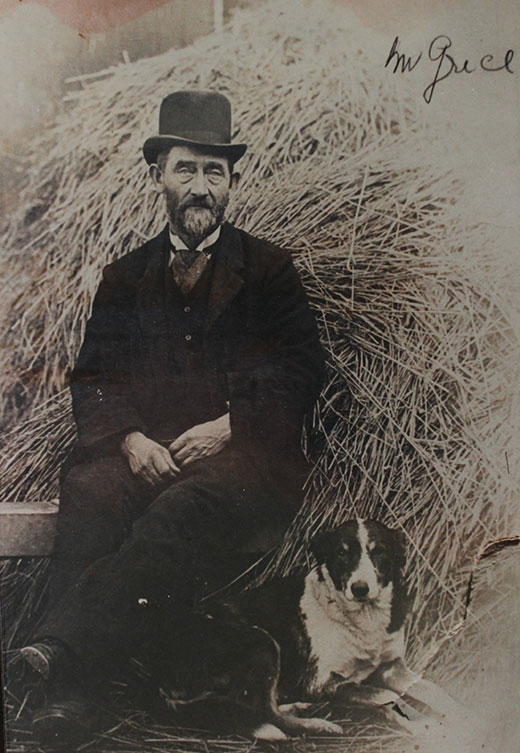
Richard Grice of Cumberland was a co-owner of Monavale Estate at Roto-o-Rangi, which today forms part of the Robinson family farm.

Thomas Robinson married Margaret Fisher in 1902, not long after he bought land at Roto-o-Rangi – farmed today by their descendants.
Thomas, who died in the early 1950s, aged 86, was the one and only chairman of the Roto-o-Rangi Road Board from 1917 until it was taken over by the Pukekura Road Board. He was also chairman of the Dairy Company from 1921 to 1936.
It was his son William – or Bill – who took over the farm and for many years his unmarried sister Elsie lived in the family home which still stands on the property.
Fifth generation
Bill and Dorothy had three children Margaret, Maureen and Brian, who married Jackie (nee Gardner) and the couple have three sons, Paul, Jonathan and Matthew.
Now in his 80s, Brian still lives and works on the property called Kaiawa, run by Jonathan who is married to Mary Graham. Their children Molly, 11, and Toby, nine, are the fifth generation of Robinson to live on the land.
Brian says while the land was initially a drystock farm, the move to dairying began early in its history. What is today called Grice Road led to Gricedale Creamery, the local dairy factory built on land donated by the Grice family and later became known as Roto-o-Rangi Dairy Factory.
Thomas Robinson miked cows in a 12-bail walk-through shed which was eventually replaced by Brian in 1968 by a 22-aside herringbone.
That was later increased to a 30-aside shed.
Brian says his grandfather bred Clydesdales, which were in demand in the district. While horses were used for some farm work, the Robinson’s were early adopters of modern tractors and machinery, especially for hay making.
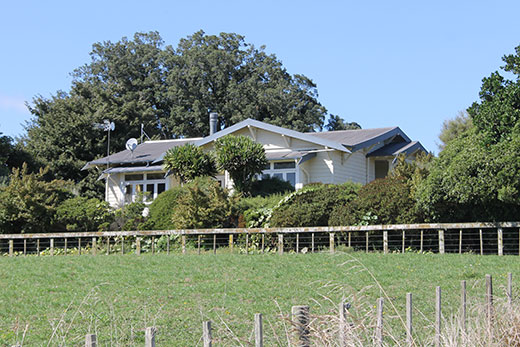
Bill and Dorothy Robinson’s house still stands on Kaiawa farm and is home to the farm’s managers.
Hay making
However, Brian remembers turning hay by hand. “It was quite easy once you got the hang of it – as fast as you could walk, you could turn it over in a continuous row.”
The hay was built into large stacks, surrounded by temporary fences constructed from barbed wire and wattle branches. “It required quite a lot of labour and neighbours helped each other.”
Bill Robinson didn’t use working horses, but he did have a horse for riding. “He used to ride the horse to herd cows to the sale yards in Cambridge, along the road and across the high level bridge, over the Waikato River – something you’d never get away with now.”
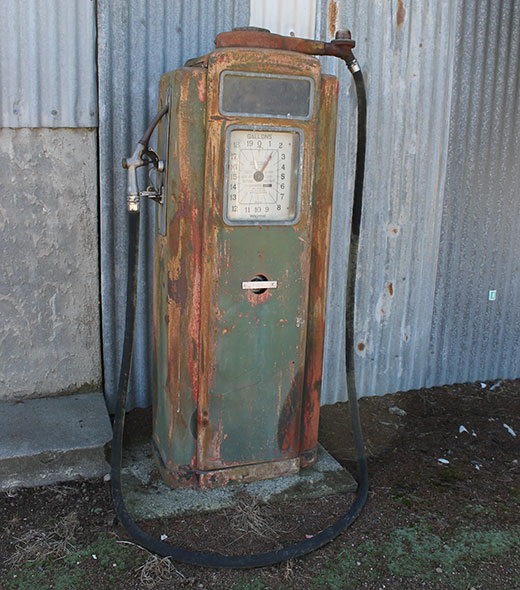
The old pump at Kaiawa farm is no longer in use – but still works.
Maize grain
Thomas and Bill were keen fishermen and once the hay was made, the families took up to three weeks’ holiday at Waihi Beach and Waitahanui.
For 25 years, 30ha of maize was grown for grain on the property but as prices fell, the land was returned to pasture and the size of the dairy herd increased.
Brian had a strong interest in electronics and from Army surplus gear, and built a public address sound system that was used extensively for 25 years at local events, including powerboat and water skiing events, school agricultural days and polo competitions.
He also adapted aqualungs which he used while working as a commercial diver, to improve their efficiency by increasing the amount of air in the tank delivered to the diver.
Jonathan, like his father, is not a full-time farmer. The day-to-day running of Kaiawa is in the hands of Paul Manion, who with wife Kate, won the 2015 Waikato Farm Managers of the Year award.

Roto-o-Rangi farming pioneers Thomas and Margaret Robinson with their daughter Elsie (far right) and daughter-in-law Dorothy Robinson and her children Maureen and Brian, pictured around 1950.
Rural contracting
Jonathan initially pursued a career in tourism, and today is a partner in the rural contracting business RD3 Contracting Ltd which makes round bale silage in the local area.
“Dad is one of our drivers and also our mechanic. We break it, and he fixes it.” The company uses part of the old dairy shed building and stables as its workshop.
In 2012 a new state-of-the-art 54-bail rotary dairy was built at Kaiawa by Jonathan, close to the old herringbone shed, which is still standing, but maybe not for long.
Today Kaiawa farm covers 150ha of rolling flat land with 145ha effective, milking 450-500 cows.
Brian has seen significant changes in farming, the district and the land in his lifetime – most of them for the better, he believes.
“We used to have a drought every summer, but only in January and February and used to struggle to get hay made before Christmas.”
The dry spells are getting longer and beginning earlier, says Brian.
Changes have been rapid in Jonathan’s much shorter time too. “Farms have been cut up for lifestyle blocks and more people, including from overseas, are coming into the district.”
This is adding diversity and colour to the Cambridge community, which the Robinson family has been part of for 119 years.
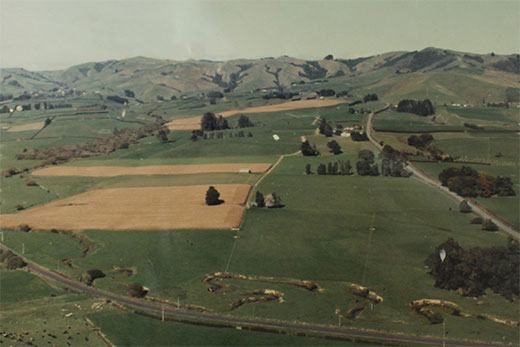
This aerial photo of the Robinson family farm was taken when about 30ha was in maize.
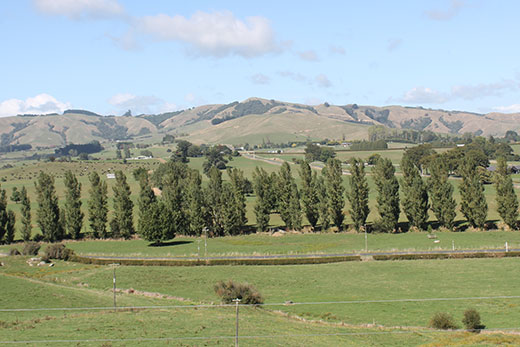
Today Kaiawa farm covers 150ha of rolling flat land, with 145ha effective and milking 450-500 cows.
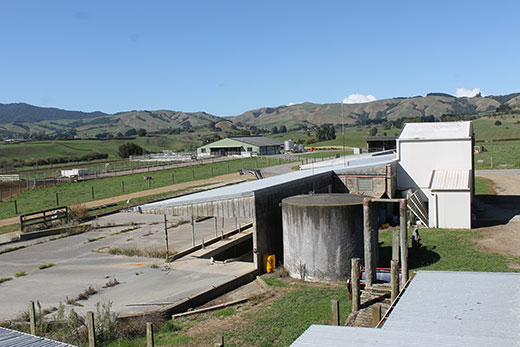
In 2012 a new state-of-the-art 54-bail rotary dairy was built at Kaiawa, close to the old herringbone shed, which is still standing but maybe not for long.


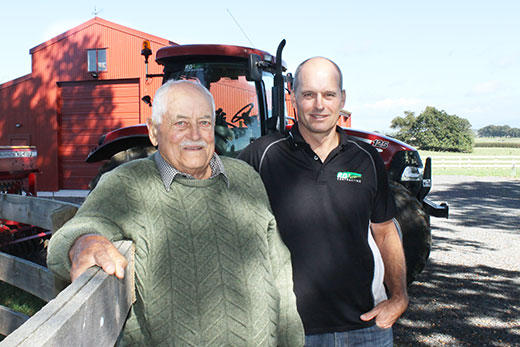
0 Comments
Leave a Comment